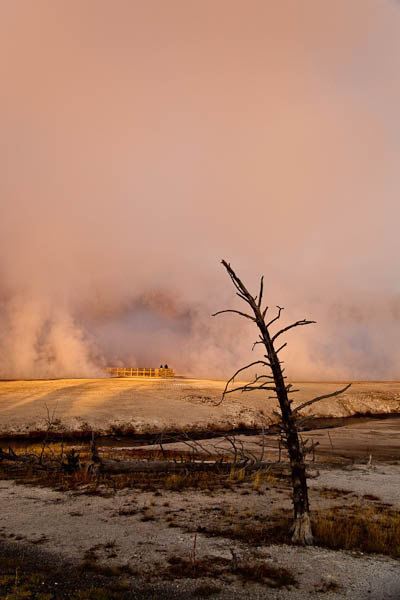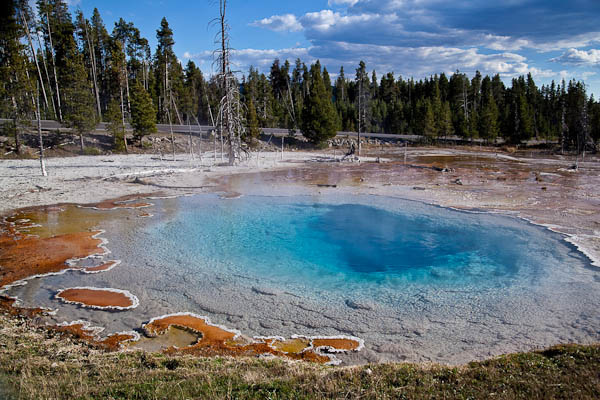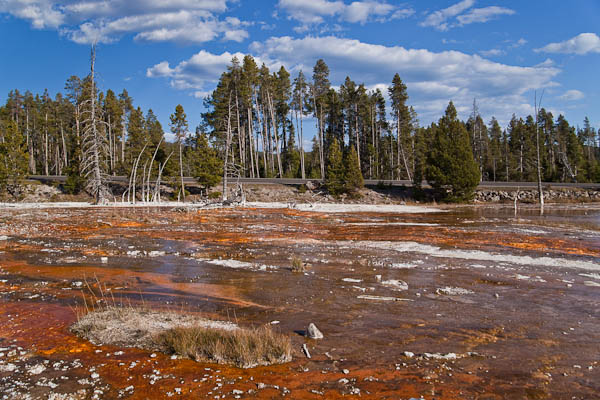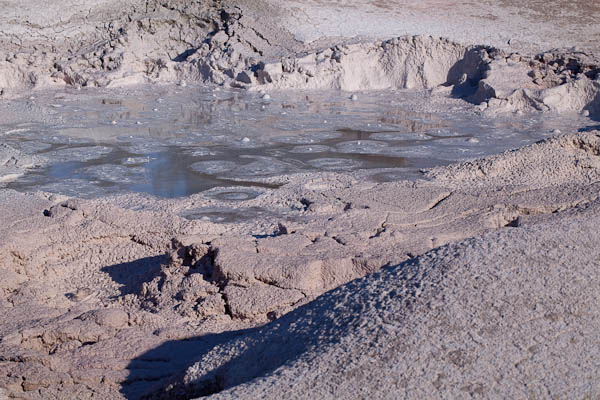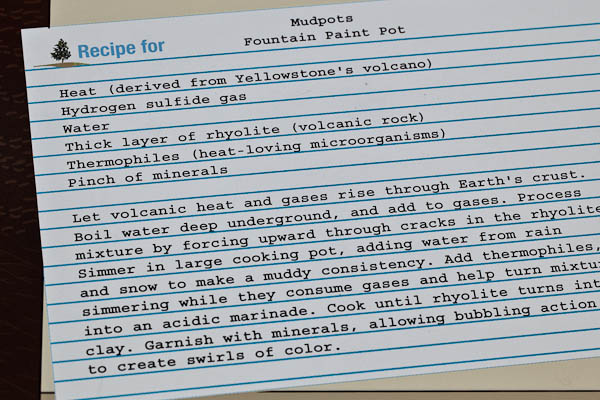
Order Tramadol Cod Overnight Castle Geyser Reflections © 2010 Bo Mackison
Castle Geyser is in the Old Faithful Complex of Yellowstone National Park, a half mile walk from the Old Faithful Inn. I say “walk” and not hike because the trail is paved for bikers and is wheelchair accessible. (2.4 miles worth of great scenery is accessible t0 all — I applaud the efforts of the National Park Service to make at least portions of the parks available to all who want to visit.)
Purchase Tramadol Overnight Sounds busy, but on a mid-week day in October we nearly had the place to ourselves once we left Old Faithful’s crowds behind.
I thought Castle Geyser was quite lovely, but the dozen or so people I spoke with while I was gazing, enamored with this sinter cone, were quite peeved that this thermal formation wasn’t performing up to expectations. Seems Castle Geyser used to be one of the regular guys. It would erupt explosively every 13 hours, give or take a few minutes, spouting one hundred feet in the air, and then steam for 30 to 45 minutes. For its final act, it would emit what was described to me by another passerby as a “thrilling, contralto roar”.
https://oleoalmanzora.com/oleoturismo-en-pulpi/ I cannot verify any of those facts. Castle Geyser puffed prettily for me, steamy and hot, and dribbled bubbly water that overflowed the lip of the cone. But there was no massive eruption. No thrilling roar. Only evidence that something was amiss was the mysterious sign, hand-lettered by a park employee, saying, “Future eruptions–unreliable.”
As I was photographing this scene, several other shooters waved me on, telling me not to bother. Well, I quite liked this “unreliable” geyser, fashioned from geyserite parts, some that are a thousand years old. It did rather look like a medieval castle, partly under attack and in (unseen) flames, and its run-off provided a great reflection of a perfect October sky.
Maybe by now Castle Geyser has its internal plumbing fixed and it is once more spouting on schedule. Though I liked it fine the way it was.

